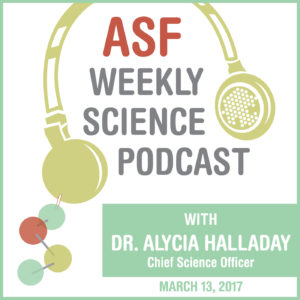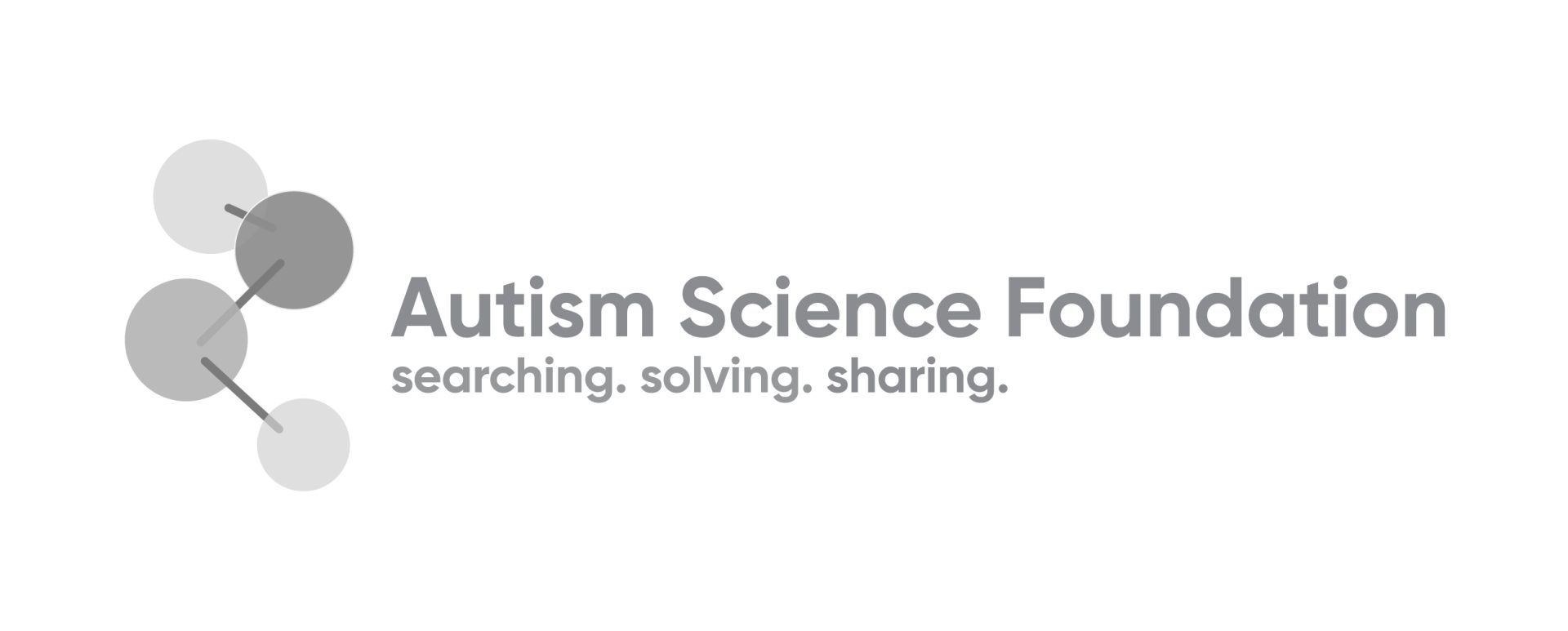Twins with autism, where either one or both is diagnosed, is crucial to understand the role of genetics and the environment to both autism diagnoses and now, autism traits. In a study this week, researchers using data from the California Twins Study examined the genetic and environmental influences of brain development in multiple regions and measures. While estimates of genetic and environmental influences can only be modeled in twins, they can be experimentally tested in animal models. Researchers at the University of Washington investigate what causes the link between air pollution in humans and autism by studying diesel fuel exhaust in pregnant mice. Finally, across all of these disparate animal studies – does anything pull them together. Are these models all one-offs or do they have anything in common? It turns out disruption in normal brain activity is one thing that they have in common, and something that is at the common core of ASD neurobiology. Listen to the podcast here.
On this week’s podcast, Melissa Scott of Curtin University discusses findings from the first paper out of Curtin’s collaboration with ASF, Stony Brook University, and Karolinska Institutet on an international policy brief on employment for people with autism. Based on a scoping review of existing research on employment practices, the environment was one crucial element missing as a focus from all the intervention studies. Findings from the scoping review were presented at the International Society for Autism Research (INSAR) 2018 Annual Meeting in Rotterdam, Netherlands.
The Interactive Autism Network published an article explaining the latest epigenetics research in autism. It highlights how environmental factors, both internal and external, affect genes and influence an individual’s development. Including findings made from Autism BrainNet tissue resources, research is demonstrating how epigenetics may play a role in the development and severity of autism. Read the full article here.
Hear the latest Environmental Epigenetics of Autism Webinar: Dr. Mark Zylka presents recent data from his lab using animal models with genetic modifications to understand how common environmental factors we might be exposed to affect genetic expression. Dr. Valerie Hu from George Washington University comments and provides perspective from her work on a gene involved in autism that is sensitive to hormonal influences, including influences from endocrine disrupting chemicals. The entire webinar, including questions from participants, can be found here.
 On Monday, the much anticipated MSSNG study which analyzed the entire DNA sequence of over 5000 people with autism was published. The press release can be found here. In it, the researchers found even more genes of interest to autism. Also, those with more of a specific type of mutation, copy number variations, had worse autism symptoms. But of course, the story gets more complicated than just more mutations – worse behavior. An analysis from a different group of individuals reinforced the role of copy number variations in symptoms, but when they matched the groups according to IQ, the autism symptom profiles were different. This shows that adaptive behavior and IQ are important to consider when considering how genetics influence autism symptoms. Finally, another study shows how important measuring genetics is to understanding environmental factors associated with autism. Michela Traglia reports that increases in PBDEs in moms of kids affected with autism can be explained by mutations in the gene that breaks down these chemicals. It’s important to study genetics of autism, but also crucial to know the genetics of the entire family as well.
On Monday, the much anticipated MSSNG study which analyzed the entire DNA sequence of over 5000 people with autism was published. The press release can be found here. In it, the researchers found even more genes of interest to autism. Also, those with more of a specific type of mutation, copy number variations, had worse autism symptoms. But of course, the story gets more complicated than just more mutations – worse behavior. An analysis from a different group of individuals reinforced the role of copy number variations in symptoms, but when they matched the groups according to IQ, the autism symptom profiles were different. This shows that adaptive behavior and IQ are important to consider when considering how genetics influence autism symptoms. Finally, another study shows how important measuring genetics is to understanding environmental factors associated with autism. Michela Traglia reports that increases in PBDEs in moms of kids affected with autism can be explained by mutations in the gene that breaks down these chemicals. It’s important to study genetics of autism, but also crucial to know the genetics of the entire family as well.
Click here to listen to this week’s podcast with Dr. Alycia Halladay.

